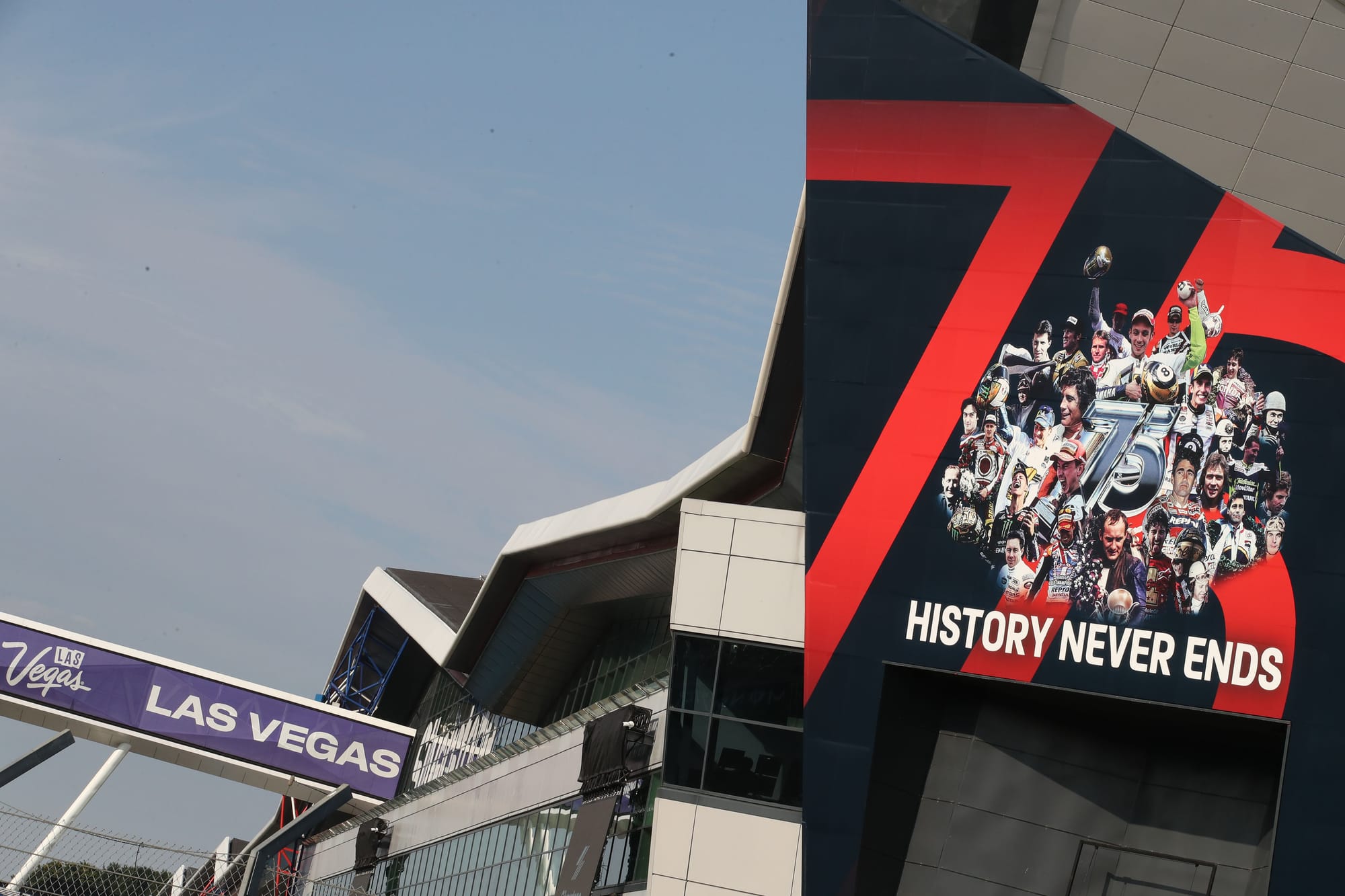The British Grand Prix at Silverstone has once again been widely praised by fans in attendance, but as attendance continues to decline, the question arises: why can’t a race so beloved by those who attend regularly each year attract more of the UK’s passionate motorsport fan base?
If we ignore the somewhat complicated figure for the four-day weekend that counts those who attended multiple times, and focus on the all-important figure that attended on Sunday, only 42,529 fans entered through the gate.
That’s down significantly from last year’s attendance of 49,000, and a far cry from the recent high of 73,000 that was the norm from 2011 to 2016.
However, despite fewer people attending the home of British motorsport than ever before, the fans who were there seemed to (by and large) love the experience.
This is no surprise, with clean and accessible facilities, decent food options and the all-important traffic management to get everyone home in the evening now the norm at Northampton Racecourse.
Furthermore, title sponsor Monster Energy put on a great show throughout the weekend at their fan park, ensuring there was plenty to watch during breaks in the action on the track and a packed schedule of events on the main stage headlined by free concerts from The Kooks and The Darkness.
So why don’t fans come to watch the game?
Well, part of it is pretty clear from the comments online: British motorcycling fans (who have grown up on a diet of proximity to the action at places like Brands Hatch, Donington Park and Cadwell Park) don’t like being as far from the action as they are at Silverstone.
It’s a great racetrack that racers love for its smooth nature and high-speed corners, but it’s not a track that puts you in control of the action. You’re sitting at the back for a long distance, which is the price of having such fast corners and good safety – and that’s not what everyone likes.
But more importantly, in the midst of a cost-of-living crisis, Silverstone is not a cheap place to go. With no government subsidy (unlike many races elsewhere), tickets are not cheap by MotoGP standards, and with the circuit not controlling its parking, arriving by car quickly means the day becomes expensive.
Other races are expensive too, of course. A Formula 1 race at the same circuit costs four times that, and can sell tickets to 140,000 spectators every year. But it’s clear that motorcyclists don’t see value for their money at MotoGP – and that ties into the other big problem Silverstone faces every year.
Simply put, you can have the best event in the world, but if people don’t know it’s happening (or what’s going on), they won’t buy tickets. Marketing has always been a problem for the British Grand Prix and MotoGP in general.
As someone pointed out to me on social media after this year’s event, it felt like 42,999 of the 43,000 people who attended this year’s event were in attendance last year. People outside the hardcore fan base didn’t even know the event was happening, and for a sport that relies on casual fans to drive attendance, that’s simply not good enough.
There’s a lot that can be done to entice fans. We have a visually stunning sport, one that doesn’t require a lot of engagement to hook someone for life. But if people don’t know about it, they won’t be involved at all.

And here lies the real problem, the biggest issue at the heart of falling audiences. In the past, even when poor marketing was still a problem, there was one difference: the races were free to watch on TV. You could catch MotoGP on Sunday afternoons on BBC2.
It is no surprise that the sudden drop in audience numbers came after the move to BT Sport (now TNT) in 2014. Being locked behind a £30-a-month paywall was never going to raise its profile, but while other countries have also suffered from this problem, at least they had a much bigger fan base to lose in the first place.
But how can Silverstone fix this? Well, it needs a strong marketing strategy, one that counters pay-TV broadcasting by forcing the sport on people.
They say if you build it, they will come – but MotoGP has already built it; now all it has to do is tell people.




